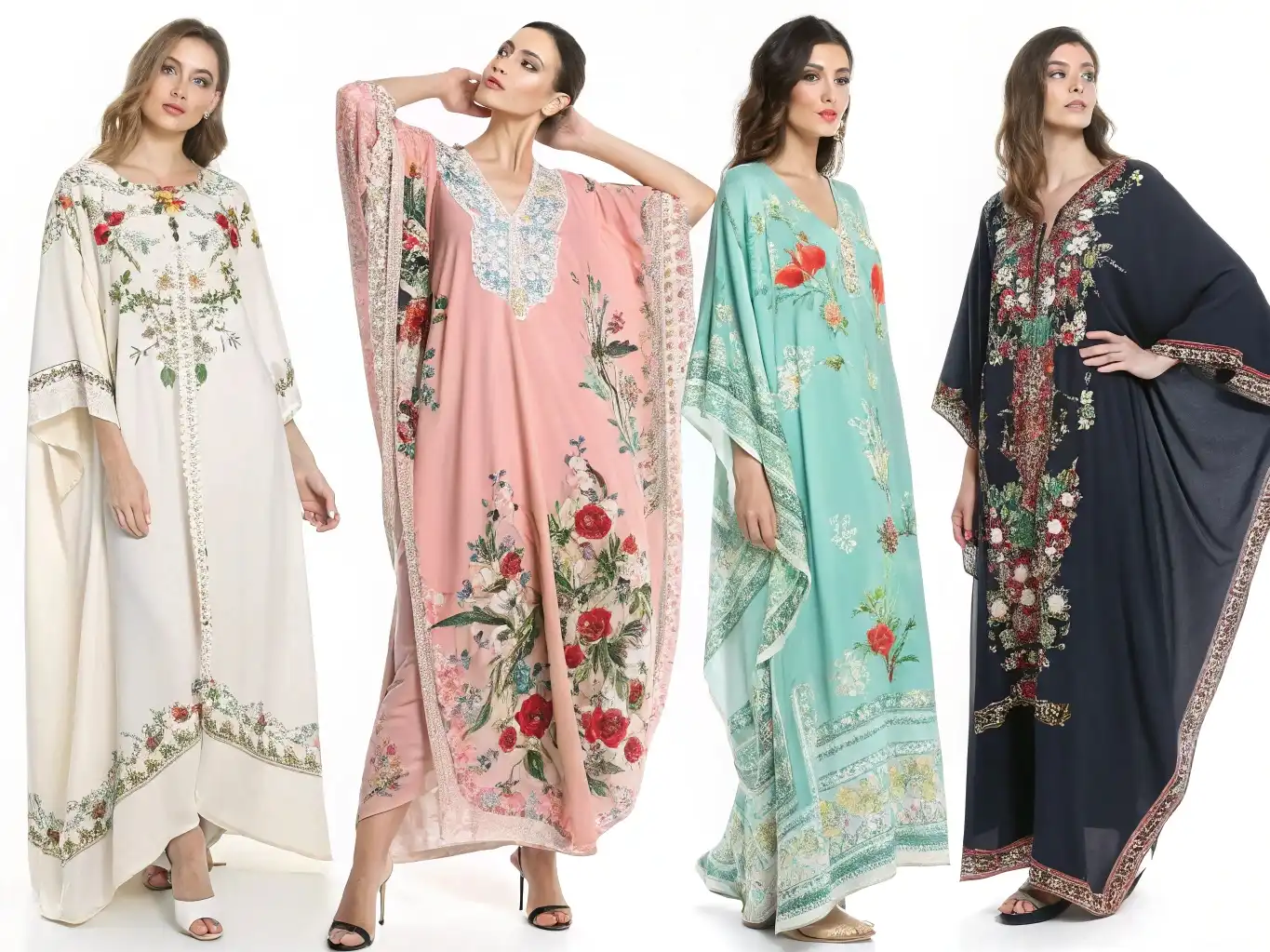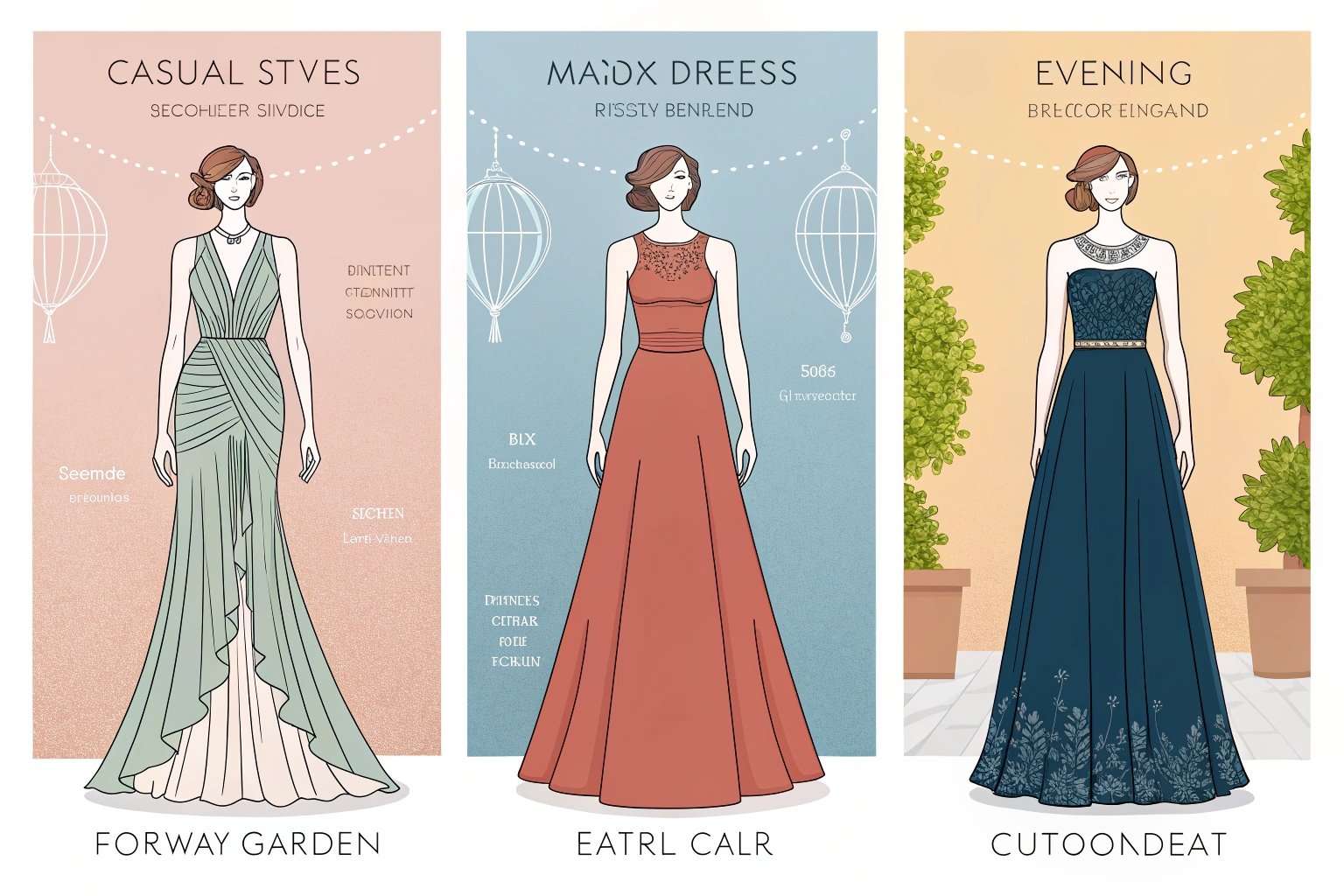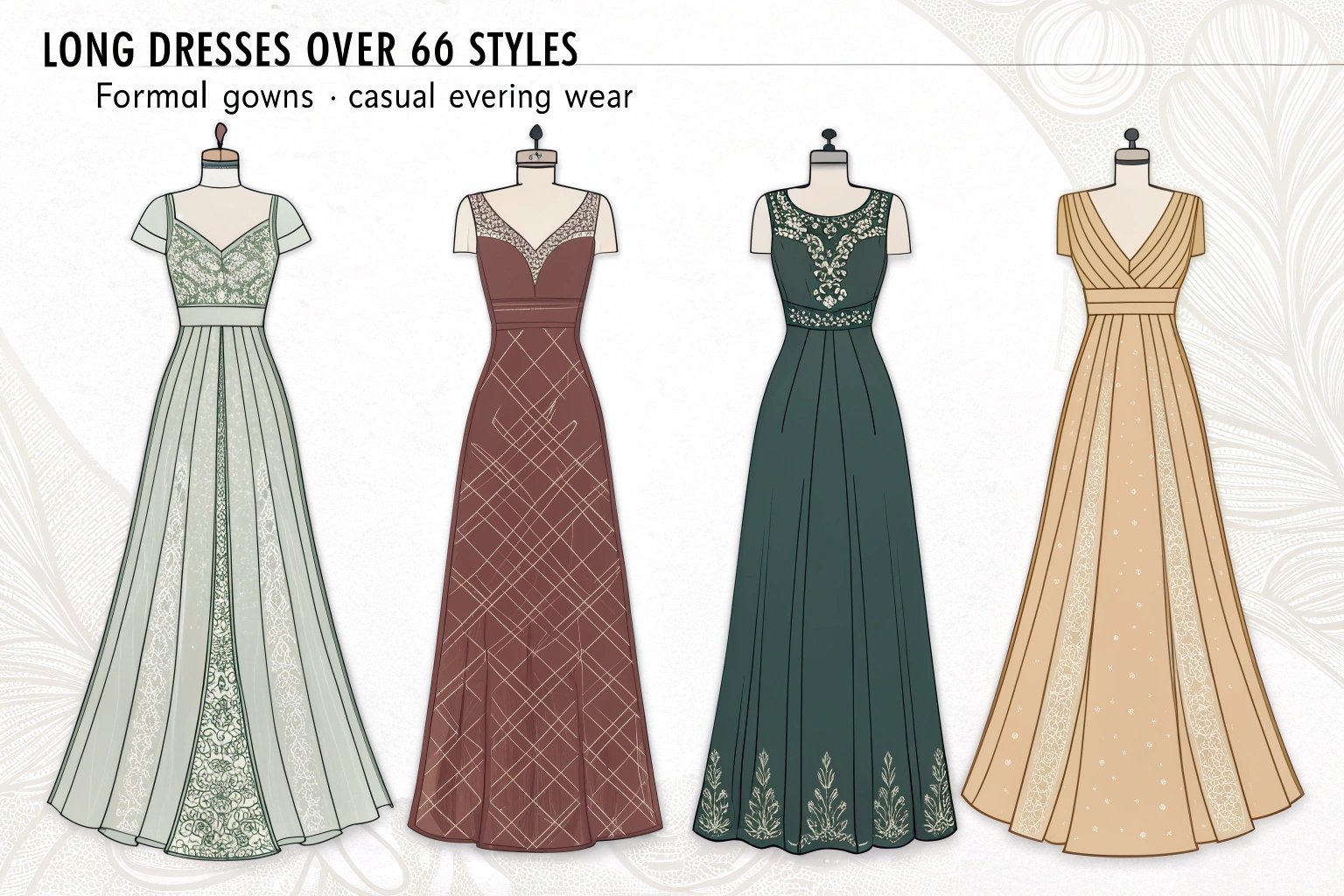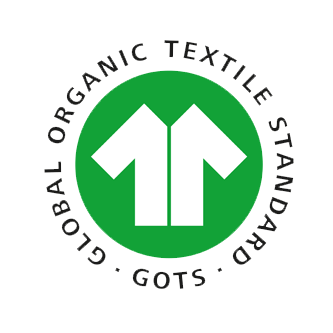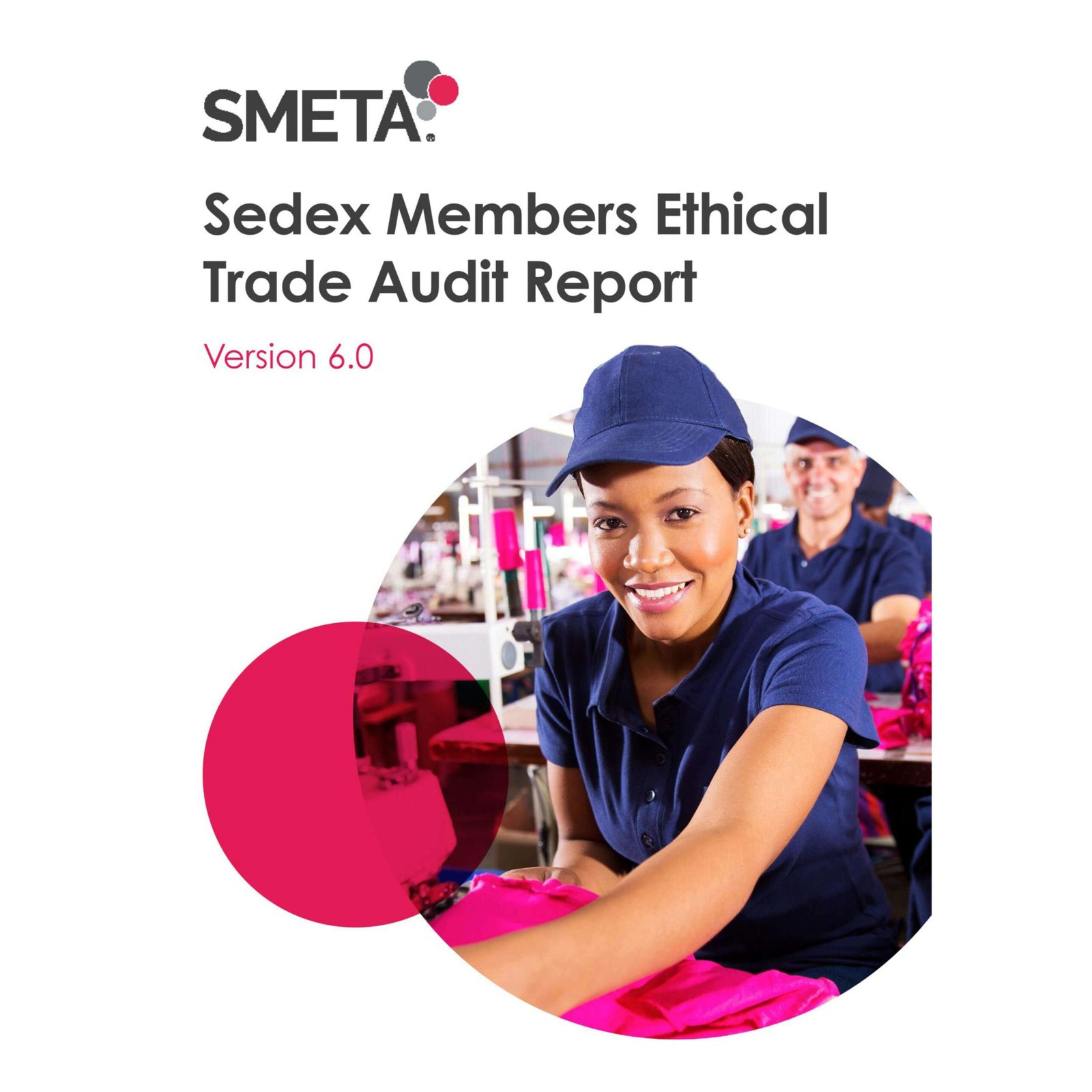You need sweaters fast. Trends change quickly. Costs vary wildly. If you pick the wrong country, you burn time and margin. I’ve managed global sweater programs for years. The truth is simple: geography decides price, speed, and quality.
Most sweaters come from China1, Bangladesh2, and Vietnam3 due to scale, yarn access, and skilled knitting. Turkey, India, and Cambodia support mid‑to‑large runs with regional strengths. Italy and the USA focus on premium, small‑batch production. I pick locations by fiber strategy4, gauge capability5, lead time, and compliance.
I will show you who makes what best, why it matters, and how to match your line to the right factory—before you place a risky PO.
Which Countries Dominate the Global Sweater Manufacturing Industry?
Short answer: Asia leads in volume. Europe and the USA lead in prestige. Each hub offers a different mix of cost, capacity, and craft.
China, Bangladesh, and Vietnam drive bulk sweater production. China offers the widest gauge range and fastest development. Bangladesh delivers sharp prices for mid‑gauges with strong compliance at scale. Vietnam balances quality and stable lead times. Italy and Portugal win for luxury and speed‑to‑EU.
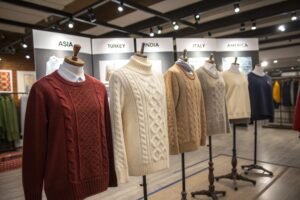
Cost–Quality–Capacity at a Glance
| Country/Region | Strengths | Typical Gauges (GG) | Best For | Watch‑outs |
|---|---|---|---|---|
| China | Full fiber access, fastest sampling, complex stitches | 3–16 GG (broad) | Fashion capsules, jacquards, cables | Peak season congestion; plan yarn booking |
| Bangladesh | Cost‑effective bulk, strong social compliance in big groups | 5–12 GG | Core basics, schoolwear, large repeats | Longer dev cycles; lock specs early |
| Vietnam | Stable quality, good CMT control, smoother logistics | 7–14 GG | Branded basics, corporate programs | Higher MOQs than China for fancy yarns |
| India | Cotton/cotton‑blend expertise, hand‑craft details | 5–12 GG | Artisan stitches, embroidery | Variable lead times; yarn dye lots |
| Turkey | Near‑EU speed, strong merino blends, fashion washes | 7–14 GG | Quick turns, EU retailers | Higher cost; yarn premiums |
| Italy/Portugal | Luxury finishing, fine gauges, premium yarns | 12–18 GG | Luxury, cashmere/merino, WholeGarment | High cost; limited bulk capacity |
| Cambodia | Emerging cost base, group-backed capacity | 5–10 GG | Price‑sensitive orders | Skilled labor depth varies |
Why these hubs? Yarn proximity, machine density (Shima Seiki/Stoll), trained linkers, and wash/finishing know‑how. That is the real supply advantage.
How Sweater Manufacturers Choose Production Locations?
I never start with price alone. I start with the product: fiber, gauge, stitch, and launch date. Then I map to a country that can deliver that exact mix.
We pick locations by fiber availability, machine gauge coverage, MOQs, labor skills (linking, seaming), logistics to target market, and compliance needs. Raw material access and duty rates can outweigh labor savings. Yarn booking windows often decide the country.
The 7 Levers Behind Location Choice
1) Fiber & Yarn Strategy
- Wool/merino/cashmere: Italy, China, Turkey (fast access); Inner Mongolia for cashmere yarns.
- Cotton & blends: India, China; organic pipelines in India/Turkey; recycled poly in China/Turkey.
- Fancy yarns (bouclé, slub, lurex): China leads for variety and speed.
2) Gauge & Stitch Library
- Coarse (3–5 GG): Heavy cables, fisherman ribs → China/Bangladesh.
- Mid (7–10 GG): Core sweaters, schoolwear → Bangladesh/Vietnam/India.
- Fine (12–18 GG): Luxury hand, cleaner drape → Italy/Portugal/China coastal hubs.
3) Lead Time & Logistics
- Near‑market hubs (Turkey/Portugal) beat Asia for 4–6 week repeats. Asia wins on first cost for 8–12 week cycles.
4) Compliance & Brand Positioning
- Need GOTS/RWS/GRS and BSCI/SMETA? Large groups in Bangladesh, China, Turkey handle this well.
5) Duty & FTA
- EU imports from Turkey enjoy customs speed; US programs weigh tariffs vs Mexico/Central America for knit CMs (limited gauge depth though).
6) MOQ Reality
- Fancy yarns often ≥300–500 kg/color. This alone can force your country choice.
7) Capacity & Seasonality
- Peak sweater season (Jul–Oct). Secure machine reservations by late spring to avoid carry‑over.

What Role Does Technology Play in Sweater Manufacturing Today?
Modern knitwear rides on machines and data. Tech sets the edge in fit, speed, and waste reduction.
Computerized flat knitting (Shima Seiki, Stoll), WholeGarment® seamless knitting, auto‑linking, and digital QC have transformed sweaters. Tech cuts changeover time, stabilizes tension, and reduces yarn waste. Lab tests (pilling, dimensional stability) lock quality in bulk.
Tech & QC That Actually Move the Needle
A) Machines & Methods
- Computerized flat knitting: precise stitch density, rapid pattern repeats, cleaner jacquards.
- WholeGarment®/seamless: fewer joins, better comfort, higher needle time—price premium justified for premium lines.
- Auto‑linking/auto‑trimming: faster assembly, consistent neck and armhole joins.
B) Critical Quality Controls for Bulk Orders
| Test / Control | Why It Matters | Target/Practice |
|---|---|---|
| Gauge & stitch density | Fit accuracy, weight control | Courses/wales per 10 cm; tolerance ±3–5% |
| Dimensional stability | Size after wash & wear | Shrinkage ≤3–5% L/W (after care cycle) |
| Pilling (Martindale) | Surface appearance | Class 4–5 for synthetic blends; ≥3.5 for wool |
| Colorfastness | No dye rub or fade | Dry crock ≥4, wet ≥3.5 |
| Spirality/torque | Side seam twist control | ≤3% after wash |
| Seam/Link strength | Durability at joins | Meet pull tests at join points |
C) Digital Workflow
- Tech packs with stitch maps, yarn lot tracking, and inline measurement dashboards catch drift early.
- 3D prototyping speeds buyer approvals for silhouette and drape before knitting samples.
Why Some Brands Still Choose Local Sweater Manufacturing
Sometimes proximity beats price. Premium buyers pay for story, handfeel, and reliability.
“Made in Italy” or “Made in USA” signals craftsmanship, traceability, and faster repeats. Local small‑batch makers excel at low MOQs, fine gauges, and luxury fibers. They reduce freight time, ease communication, and support tight launch calendars.
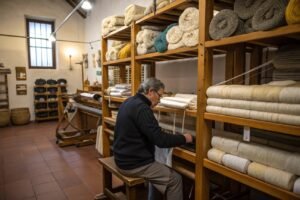
When Local Wins
Premium Signals
- Italian mills: extra‑fine merino, cashmere blends, impeccable finishing.
- Portuguese makers: strong small‑batch flexibility, EU‑friendly logistics.
- USA boutiques: heritage narrative, quick sample cycles, brand proximity.
Small‑Batch Advantages
- 50–200 pcs/style possible.
- Faster PPS → TOP transitions.
- Easier QC visits and lab confirmations.
- Stronger sustainability story (short supply chain).
Trade‑off: Higher unit cost. Brands offset with positioning, lifetime value, and reduced markdowns.
How to Find the Right Sweater Manufacturer for Your Brand

Pick partners like you pick yarn: test, stretch, and see if it returns to shape. I always run a pilot before any bulk.
Ask about gauge range, yarn sourcing, stitch library, finishing capability, and testing reports. Verify certifications (OEKO‑TEX®, GOTS, RWS, GRS) and social audits (BSCI/SMETA). Review development speed, MOQ by yarn, and plan for peak‑season capacity.
Questions That Separate Pros from Pretenders
Capability Checklist
- Gauges available? (Show machine list: 3/5/7/10/12/14/16 GG)
- Stitch library? Cables, tuck, links‑links, intarsia, jacquard samples on hand.
- Yarn pipeline? Wool/cashmere/organic cotton/recycled poly access; lead times per fiber.
- Finishing room? Wash, tumble, steam, depilling, anti‑shrink processes in‑house or partner.
- QC system? In‑line measurements, pilling/colorfastness reports, shrinkage control after care cycles.
Sustainability & Compliance
| Area | What to Request | Why |
|---|---|---|
| Fiber proof | RWS/RMS/GRS/GOTS scope certs | Traceable raw materials |
| Chemical mgmt | OEKO‑TEX® / ZDHC compliance | Safe finishes, buyer acceptance |
| Social audits | BSCI/SMETA/WRAP reports | Retailer onboarding, risk control |
Pilot Flow (My Standard)
- Dev brief → swatches (stitch + gauge) in 7–10 days
- Proto in final yarn → measure after wash; adjust stitch density
- SMS (size set) → fit on model; lock POM tolerances
- PPS with lab tests → pilling/shrinkage/colorfastness pass
- TOP inline check → AQL 2.5 final inspection
Conclusion
Most sweaters are made in China, Bangladesh, and Vietnam because they combine machine scale, yarn access, and skilled labor. Turkey, India, and Cambodia add regional strengths. Italy, Portugal, and the USA win for premium and small‑batch stories. Match your fiber, gauge, stitch, and calendar to the right hub, test with a pilot, and lock quality with data—not luck.
-
Discover why China dominates the sweater market with its vast resources and capabilities. ↩
-
Learn about Bangladesh’s strengths in cost-effective sweater production and compliance. ↩
-
Find out how Vietnam maintains quality while ensuring timely delivery in the sweater industry. ↩
-
Understand the importance of fiber strategy in selecting the right manufacturing location. ↩
-
Explore the significance of gauge capability in producing high-quality sweaters. ↩


